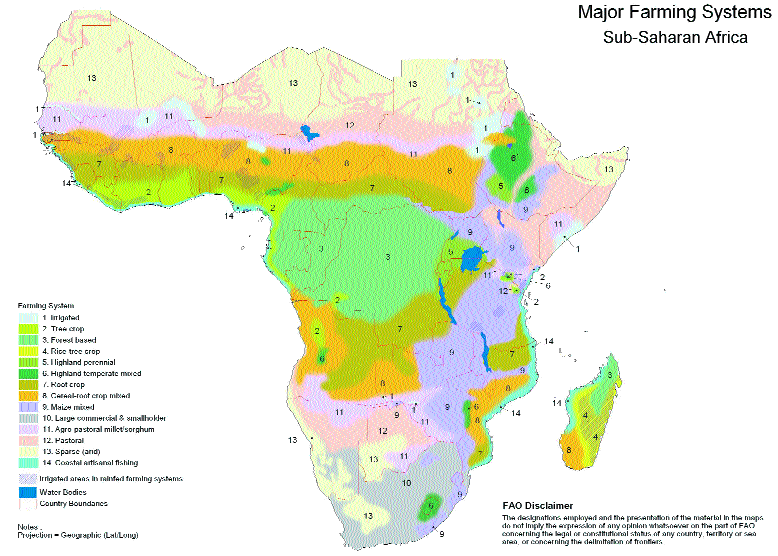Devon Reeser
The Cultural Geography of Carnival Celebrations around the World
Discover how local pagan and indigenous traditions blend into unique Carnival celebrations in Brazil, New Orleans, Quebec, Italy, and Russia.

Economic Geography of Your Valentine’s Day Chocolate
Americans spent $700 million on chocolate treats for Valentine’s Day in 2014.

Why Development Aid Projects Must First Factor Local Culture
Why do some multi-million dollar aid projects fail? The aid itself is not generally the problem, but the lack of local, geographic specific cultural analysis in planning and implementation is most often to blame.
Eight Ways Your Geographic Skills Enhance Your Resume
Geographers or anyone with a history of geography education or practice have special skills that can enhance their resumes across nearly all career options. From GIS skills to graphic design to multiculturalism, here are eight ways to market your geography experience as viable job skills.

How Rapid Urbanization Threatens Human Populations: Three Effects of a Moving World
The dramatic shift of the earth’s human population to cities is not only straining urban infrastructures, but also the human population itself. Three significant human threats resulting from rapid urbanization in developing countries are increased intense agriculture from the commoditization of food, rising diabetes and heart disease rates, and brain waste of our global youth.

Using Interdisciplinary World Map Activities to Connect Your Students to Other Cultures
Here are some interdisciplinary activity ideas to help children learn math, history, science, and literature while also strengthening map skills.

Peace Corps World Map Project: Bringing Geography Education to Unexpected Places
In 1988, a Dominican Republic Peace Corps Volunteer established the World Map Project to deliver fundamental geography education to schools and communities in the world's most remote locations.

Four Ways GIS is Being Used to Help Populations Vulnerable to Long Term Climate Change
GIS is changing the way vulnerable populations relate with their natural world and resources to keep ahead of imminent climate changes.

Putting the Trees Back on the Map: How GIS is Helping Reforest South America
GIS is being used in creative ways – including covert spy tracking of illegal logging deep in the Amazon – to help put and keep trees back on South America’s map. The simplification of tools and availability of web systems has empowered technicians, NGOs, and governments alike to address corruption and illegal logging with transparent map-based monitoring.

GIS in Social Science: Mapping Social Capital Strength to Measure Organizational Efficacy
Here are four steps to use GIS in measuring social capital of social service programs, improving understanding of organizational effectiveness and conducting gap analysis.

Five Ways to Use GIS to Strengthen Your Nonprofit Fundraising
Devon Reese describes five ways to integrate GIS data into non-profit fundrasing to increase success rates. Using GIS to make maps can improve your prospect pool, help you identify the best partnerships, improve how you relay your community needs and your organizational accomplishments, and take your evaluation to the next level.
